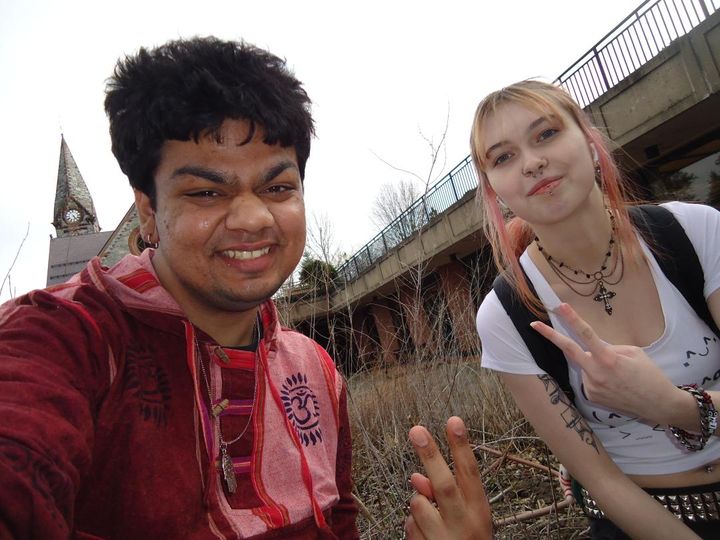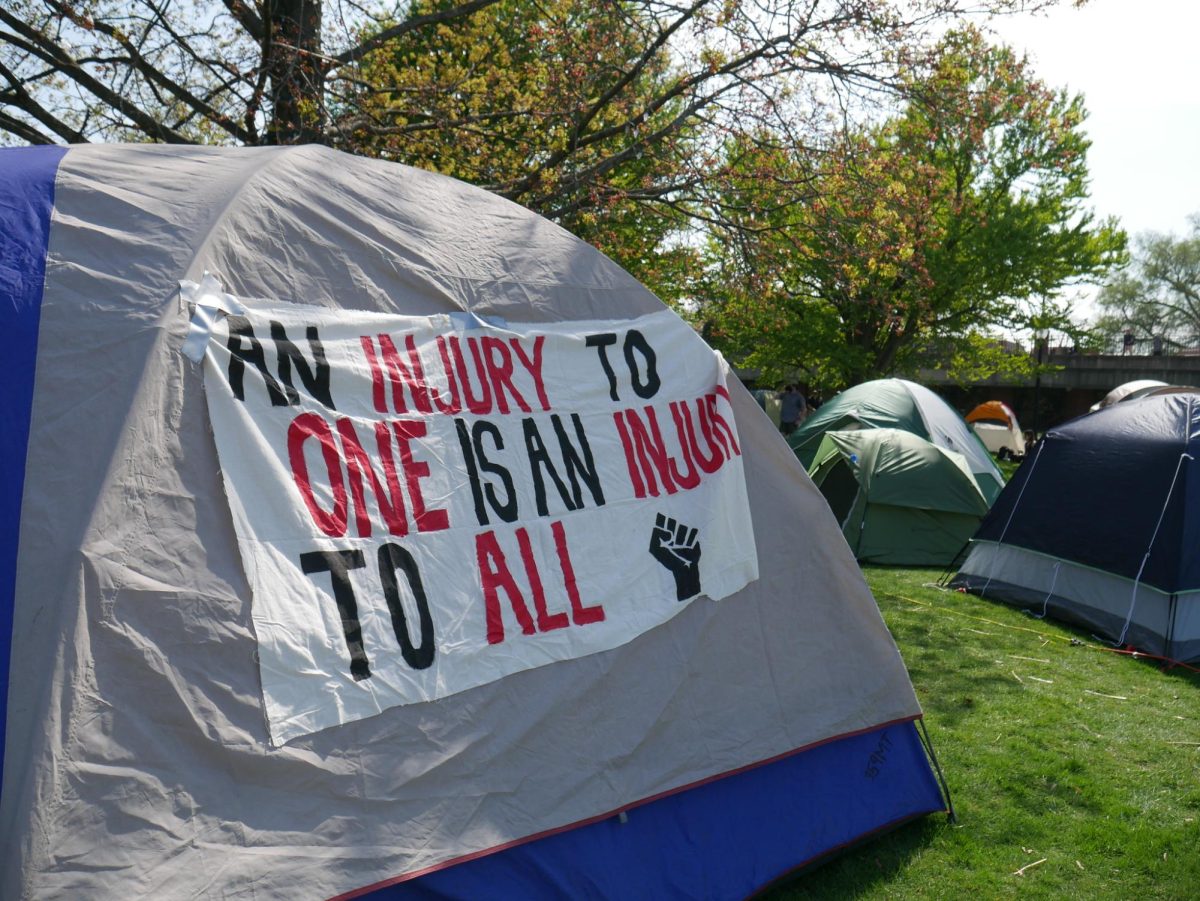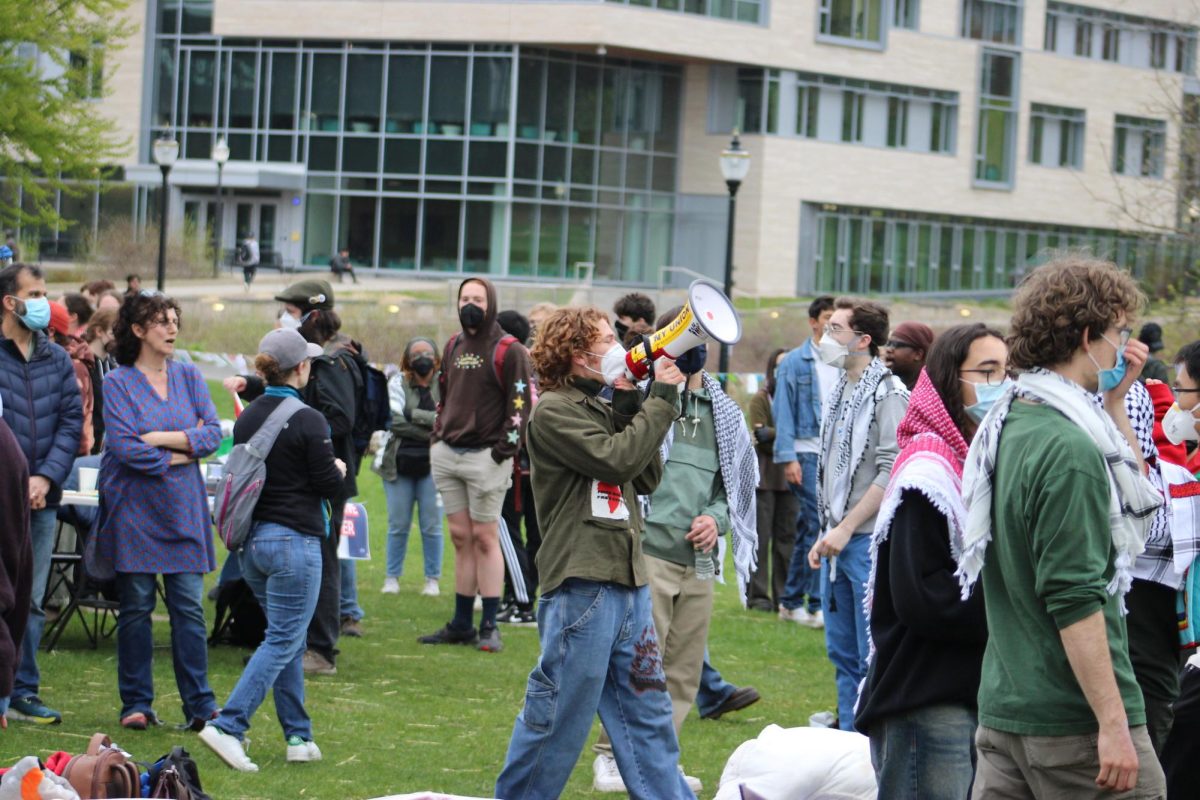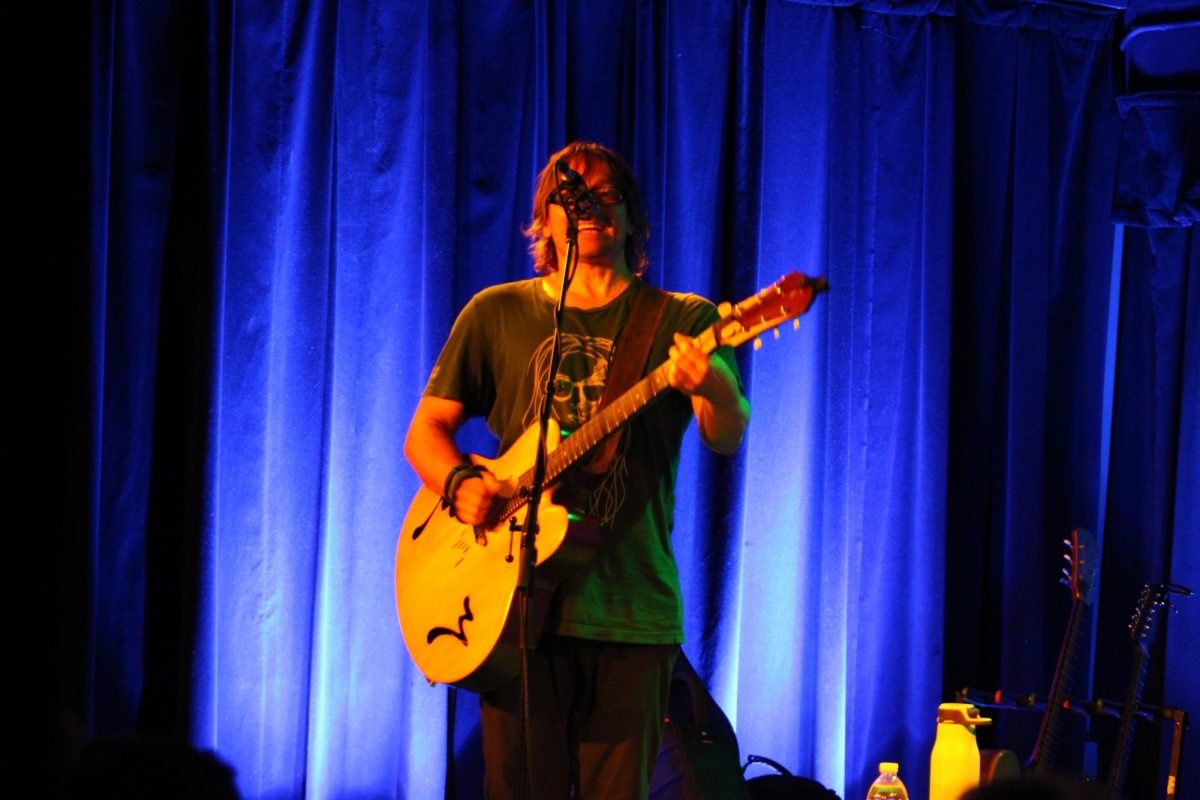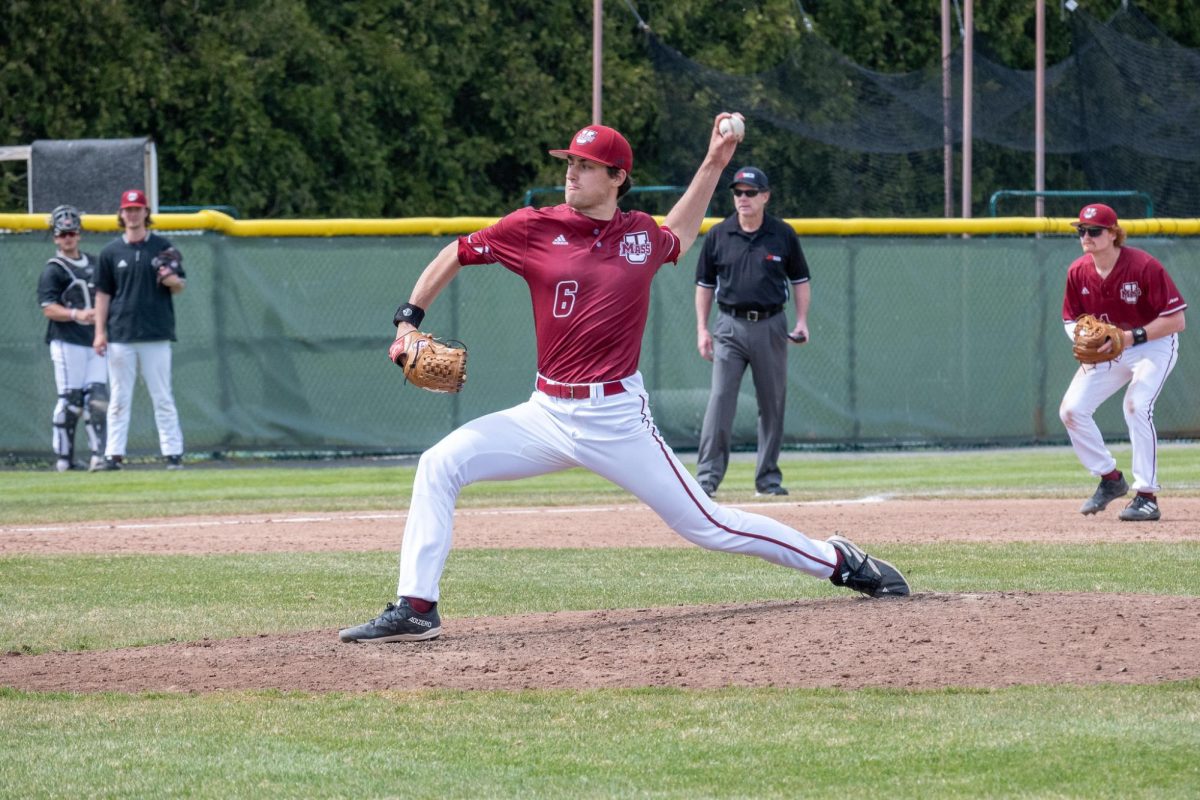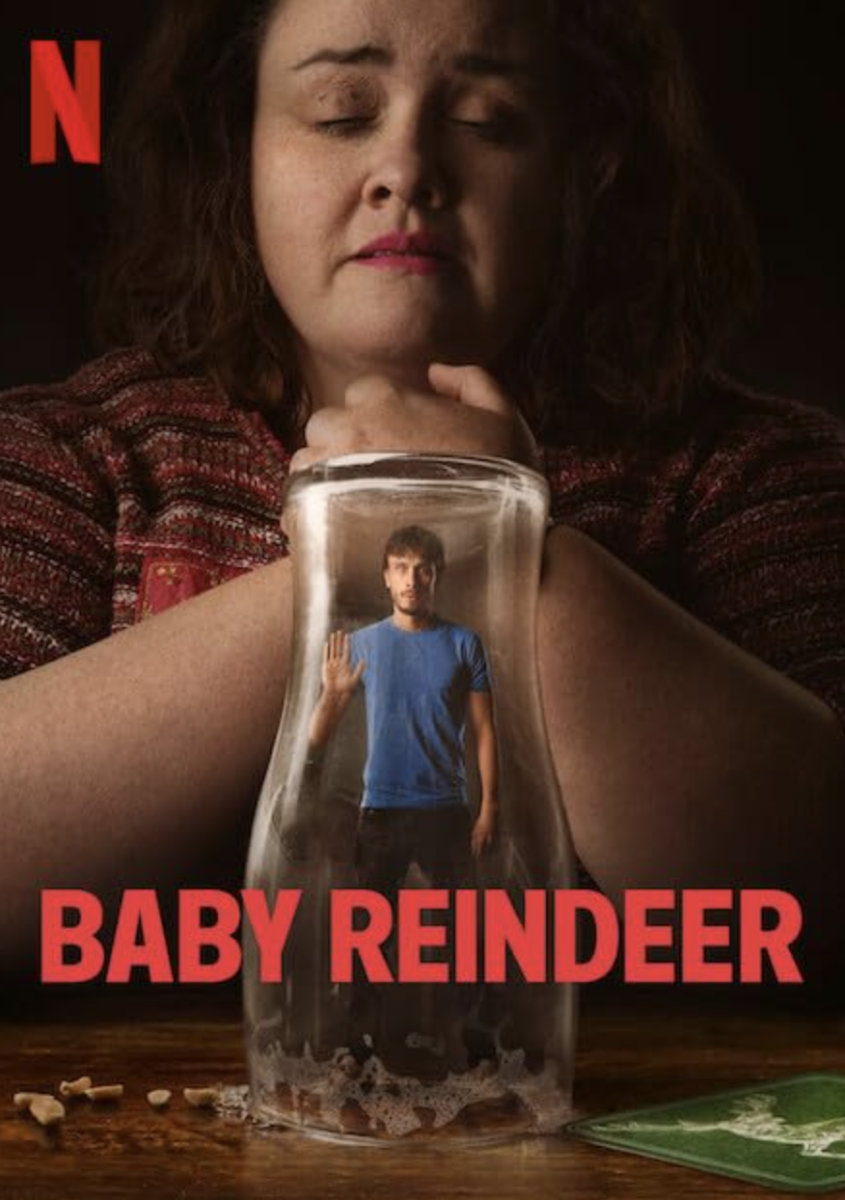In a room where none of us, neither teacher nor students, wants to be, we are all here only because the faceless bureaucracy has stamped this course with the ink of “University Requirement.” It is very obviously 60 degrees outside, and we are all hungry. To keep our attention, the professor has been reduced to teaching about mean and median by using kegs as the example unit.
In the morning paper I read of 500,000 people marching in the streets of Dallas, and in the streets of Birmingham, Ala. I read the words of the Rev. Lawton Higgs, a Methodist pastor, in Monday’s Washington Post. “We’ve got to get back in touch with the Statue of Liberty. We’ve got to get back in touch with the civil rights movement because that’s what this is about.” I see pictures, shot from on high, of Dallas streets overflowing with people and with American flags, and the pictures are beautiful.
But Sunday was just the sneak preview. As I write, there are at least 110 students from UMass marching in solidarity with the thousands crowding the streets of New York.
Meanwhile, in Paris, weeks of protests by ordinary students like us have killed the First Employment Contract law, or CPE – and quite possibly ended the political career of the once promising Dominique de Villepin, currently the French Prime Minister. The law would have allowed French employers to fire those younger than 26 without cause within the first two years of their employment. Whatever you think about the law and the reaction to it, one thing is clear: the French students’ power.
It is an exciting time. Along with the spontaneous, organic, and persistent demonstrations in France and in cities all across America, along with the coming of Tent State next week, there is the reactivation of Students for a Democratic Society, “an association of young people on the left” whose mission, in the words of their Constitution, is to “create a sustained community of educational and political concern: one bringing together liberals and radicals, activists and scholars, students and faculty.”
The SDS Constitution was written in 1965, and the last meeting of SDS was in 1969. Unless you take obscure political theory courses at this school, you probably never heard of them. Myself, I remember being assigned to read the Port Huron Statement, published first in 1962, and finding virtually all of it so relevant that I had to ask myself, “Why isn’t there an SDS today?” Judge for yourself:
“Tragically, the university could serve as a significant source of social criticism and an initiator of new modes and molders of attitudes. But the actual intellectual effect of the college experience is hardly distinguishable from that of any other communications channel – say, a television set – passing on the stock truths of the day. Students leave college somewhat more ‘tolerant’ than when they arrived, but basically unchallenged in their values and political orientations.”
Recall that this was in the 1960’s, which “everybody knows” was a time of social upheaval and rebellion against authority in any and all forms. The truth, at least as it happened at UMass, is more complicated than the idealistic narrative.
The Whitmore Administration Building opened in 1967, with the Collegian heralding the opening of “Lederle’s Fortress” on September 14 of that year (Lederle was the University president at the time). What may have been the first march on Whitmore occurred two years later, on February 13, 1969, when 34 people staged a 12-hour sit-in protesting the university’s ties with the military-industrial complex (Dwight Eisenhower’s phrase). Specifically, the Students for Political Action, the local affiliate of SDS, were targeting the school’s relationship with recruiters from Dow Chemical Company, makers of the napalm which brutally burned the skin of Vietnamese children.
The sit-in lasted for only 12 hours because 50 state police, equipped with riot gear, were sent in at 11:30 PM. All 34 protesters were dragged off and arrested.
But was the rest of the university as radical as the Whitmore 34? Hardly. Back in those days, the Collegian conducted referendums in person, not just via its website, and on March 12, 1969 the people were heard. Read an unsigned editorial that day, “A quick glance at the results reveals over two thirds of the ballots being cast in favor

